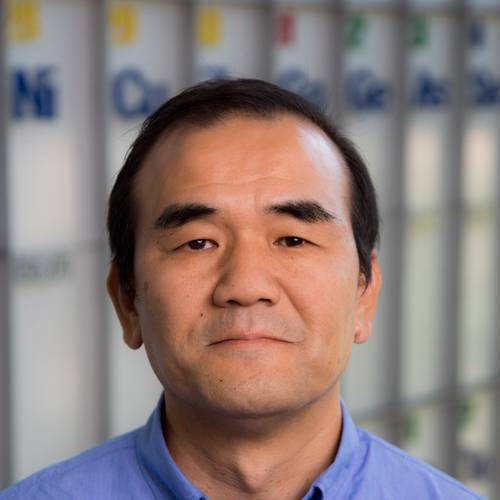About This Webinar
In-situ detection of externally initiated gold colloid aggregates in the middle section of the hippocampus of the Long Evans Cohen's Alzheimer's disease rat model was conducted using surface-enhanced Raman scattering (SERS). The SERS spectral features contained modes associated with beat-sheet interactions and a significant number of nodes that were previously reported in SERS shifts for Alzheimer's diseased (AD) rodent and human brain tissues, thereby indicating the presence of amyloid fibrils.
The spectral patterns were further examined and compared with those collected from in-vitro gold colloid aggregates which were formed from Abeta1-40 - or Abeta1-42-coated 80 nm gold colloid under pH ~4, pH ~7, and pH ~10, and the best matched datasets were found with that of the aggregates of Abeta1-42-coated 80 nm gold colloid at ~pH 4.0. The morphology and physical size of this specific gold colloid aggregate was clearly different from those found in-vitro. The amyloid fibril with a B-sheet conformation identified in previously reported AD mouse or human brain tissues was involved in a formation of the gold colloid aggregates.
Gold colloid aggregates were confirmed in the AD rat hippocampal brain section with unique physical morphology compared to those observed in in-vitro using Abeta1-42 and Abeta1-40 mediated gold colloid aggregates. Yokoyama and his team hope that there is a high correlation between the early stage of Alzheimer's disease, formation of the oligomer, and the formation of the gold colloid aggregates by mediating with oligomers deformed at pH ~4.
*** This presentation premiered during the
2024 BioPhotonicsConference. For more information on Photonics Media conferences and summits, visit
events.photonics.com
About the presenter

Kazushige Yokoyama, Ph.D., earned his Bachelor of Science and Master of Science degrees in physical chemistry from Kobe University, Japan and doctorate in chemical physics from the University of Colorado at Boulder, USA. He completed a postdoctoral fellowship at the University of Minnesota and served as a faculty at Jackson State University from 1998-2001. He then moved to the Chemistry Department of The State University of New York (SUNY) Geneseo College, where he is currently a professor of chemistry.
His research interest is to characterize oligomer formation in fibrillogenesis, which is associated with neurodegenerative diseases by utilizing nano-gold colloids’ surface potential. Another focus is protein corona formation over a nano-particle surface by utilizing SERS imaging method. The aggregation process of gold colloids has been investigated on several proteins including amyloid beta, alpha-synuclein, beta 2 microglobulin, and spike protein of SARS-CoV-2.